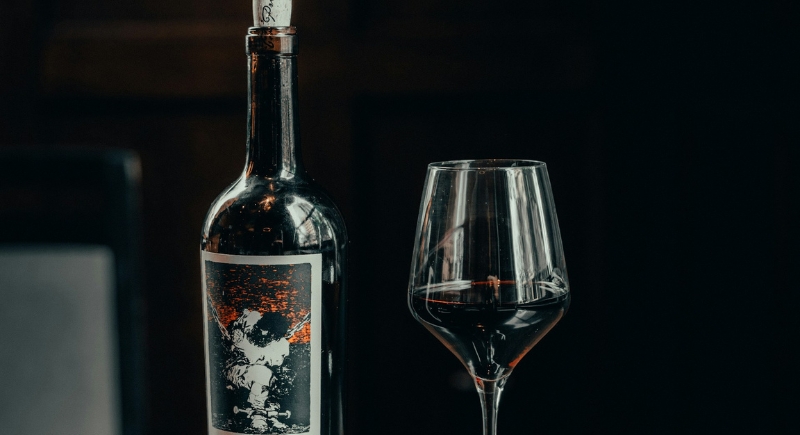How to Order Wine Without Overpaying, Glass or Bottle?
Restaurants don’t always make it easy to order wine. The list might stretch on for pages or come with zero context. Then, without warning, someone asks if you want a glass or a bottle. It sounds like a simple choice, but behind that question are pricing strategies, portion math, and a few tricks that most diners never see coming.
Here’s how to order without burning a hole in your wallet.
Glass or Bottle?

Image via Unsplash/Saul Flores
Most restaurants treat the first glass like a revenue booster. A bottle that costs them $10 wholesale might be poured by the glass for $10 or more. That’s almost the same price just for a quarter of the bottle! The markup is so steep it warps the logic of ordering by the glass.
Meanwhile, bottles follow a more predictable formula: roughly two to two-and-a-half times the wholesale price. That means a $10 bottle typically sells for $30 to $40. If you plan to drink two glasses each, grabbing the bottle suddenly looks like the smarter option.
Sommeliers confirm that when four or more glasses are involved, the bottle often represents far better value. And if you’re dining with more than two people, splitting two bottles usually saves more than ordering individual single pours.
Tips to Order Wine Without Burning Your Wallet
Now that we’ve got that out of the way, let’s take a look at other things you can do to keep your drinks budget-friendly.
For starters, it’s important to ask how many ounces are in a glass pour. Many places pour just six ounces—a quarter bottle. Confirm if that’s accurate. If it’s only five ounces, your total pour demands reassessment.
You must also be bold and ask about half-bottles or cork-and-carry. Some regions allow you to take leftover wine home if you ask beforehand. A corkage fee is common. If half-bottles are available, they give you flexibility and help you avoid waste. Neither feature is standard, but both speak to savvy drinking.
Lastly, stick with known wines if you’ve paid retail elsewhere. If you already know a wine’s shelf price, compare it to the restaurant price. If a $15 retail bottle is listed at $60, that’s a heavy difference. Ordering what you know helps avoid overpriced surprises.
When a Glass Makes Sense
A glass works when:
- You want variety. Tasting two or three wines during a meal can be a fun experience. Adventurous couples love doing this.
- You’ve limited yourself to a certain quantity of alcohol and expect most of the bottle to go unused.
- You’re sipping lightly and want flexibility.
Why Glass Pricing Varies So Widely
The selection process matters. Some restaurants aim for balanced representation and menu pairings. High-turn wines or well-known varietals often serve glass programs best. If the list reads sensibly, with options at different price tiers and styles, there’s a chance ordering by the glass might get you a better wine than you expect.
Still, many sommeliers warn against quick judgments. Certain restaurants might offer an expensive wine by the glass just to boost margins. Check the list, compare, and ask questions. Curiosity and math protect your wallet and might earn you respect from attentive staff.